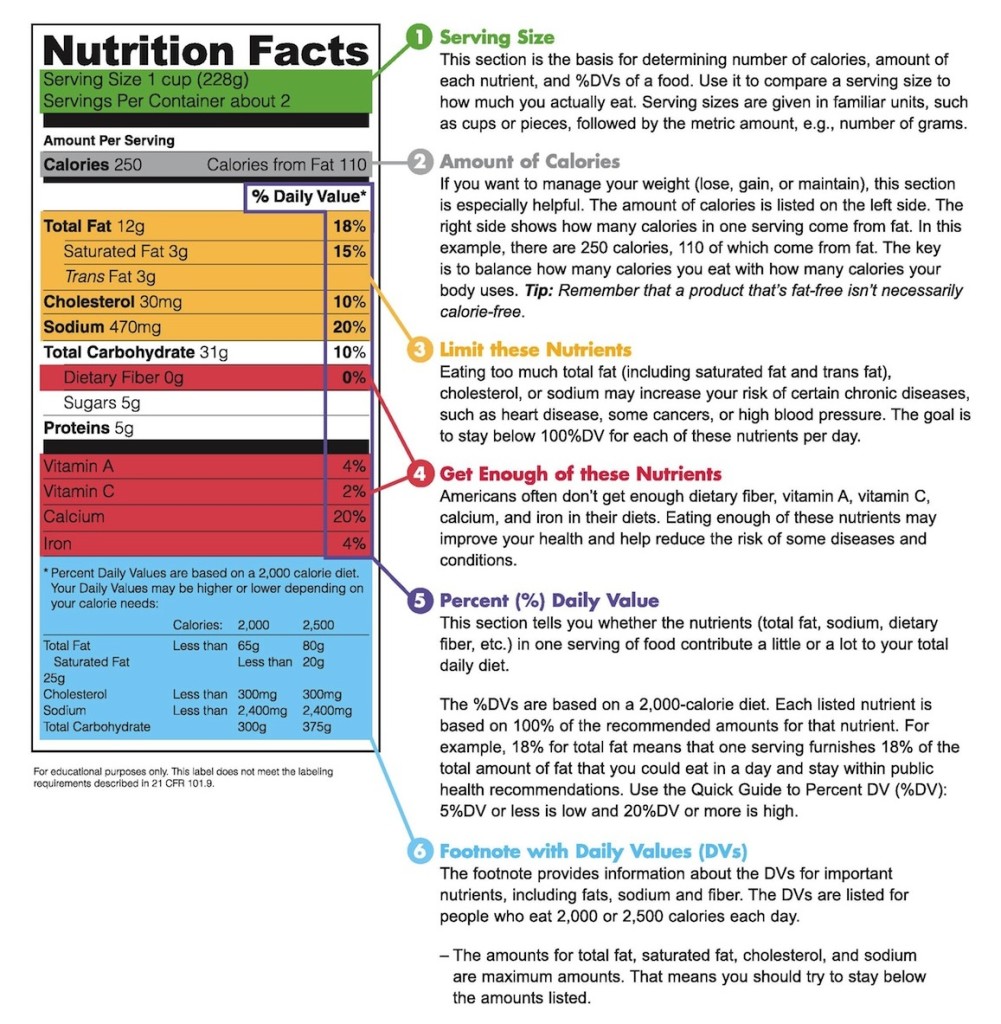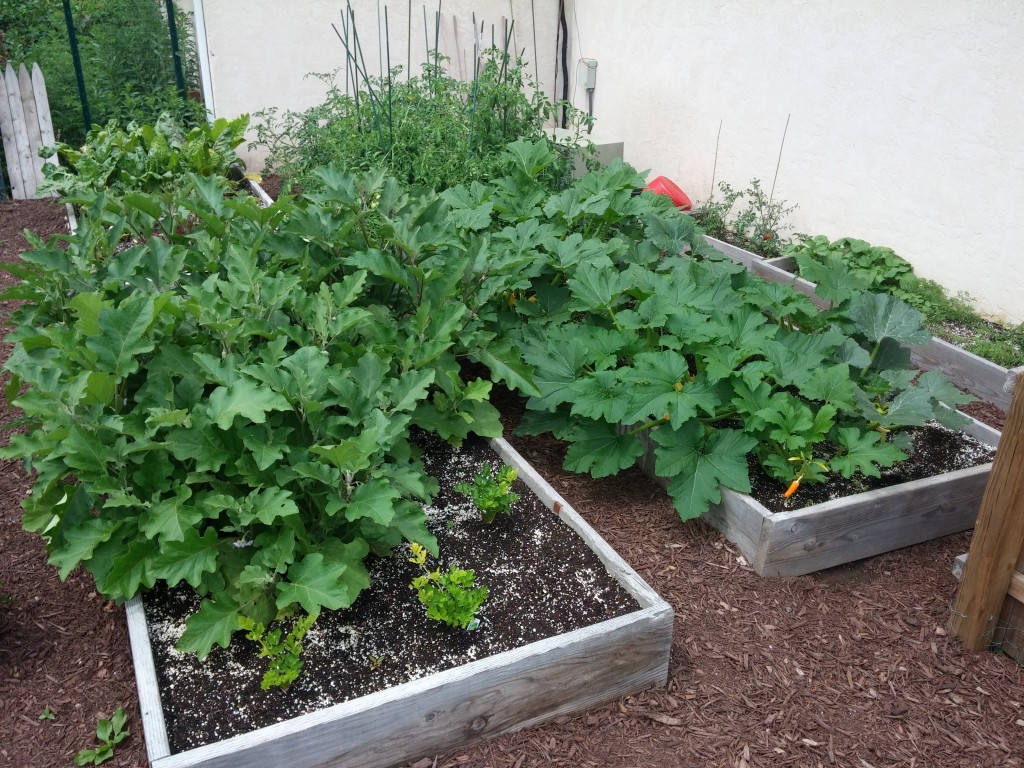Consequences of a Poor Diet:
Following an unhealthy diet leads to many health challenges such as:
- A Compromised Immune System
- Obesity
- Diabetes
- High Blood Pressure
- High Cholesterol
- Heart Disease
- Some Cancers
- Poor Cognitive Abilities
Along with all of these potential problems, an unhealthy diet can lead to overall poor health. On the other hand, the benefits of a healthy diet are:
- A Balance of Vitamins, Minerals and Nutrients
- A Supply of Natural Energy
- Less Stress
- Prevent and Control Heart Issues
How to Enhance Your Meal with Herbs:
Herbs that are found at the Pantry:
- Basil
- Cilantro
- Sage
- Rosemary
- Adding Spices and Herbs to Food
How to Add:
- Spices and herbs should be used to enhance the natural flavor of food–not disguise or obscure it. Many herbs and spices can complement a dish and each other; however, be selective in their combinations. Avoid using too many at one time.
- Use a dry spoon to remove the portion required.
- Do not sprinkle seasoning directly from the container into a steaming pot. The rising moisture may diminish the potency of the spice or herb remaining in the jar, or may cause it to clump or spoil more quickly.
- Crush leaf herbs, such as oregano, thyme or basil, in your hand before use for a more immediate release of flavor.
When to Add:
- Herbs may be added near the end of cooking for more distinct flavor, or at the beginning for more blended flavors.
- Ground spices and herbs release their flavors readily. In long cooking dishes, such as stews, add these near the end of the cooking time to minimize the “cooking off” of its flavors.
- Whole spices and bay leaves release flavor more slowly than ground or leaf form and are ideal for using in dishes with longer cooking times. For easy removal after cooking, tie in cheesecloth or place in tea ball before adding to foods.
- For uncooked foods, such as salad dressings, fruits or fruit juices, add spices and herbs several hours before serving to allow flavors to develop and “marry” or blend. Alternatively, the liquid with the seasonings may be heated briefly to release the flavor, then allowed to cool. For salad dressings, add the spices to the vinegar and allow to stand before adding the oil.
How Much to Add:
- There is no general rule for the correct amount of spices and herbs to use–the pungency of each spice and herb differs and its effect on different foods varies. It is best to start with recipes that have been well tested or from a reliable source. The amounts can later be adjusted to suit and personalize individual tastes.
- When no recipe is available, try starting with 1/4 teaspoon for 4 servings, per pound of meat, or for each pint (2 cups) of sauce or soup; adjust as necessary. For cayenne and garlic powder, decrease to 1/8 teaspoon; adjust as necessary.
- Red pepper flavors increase in intensity upon cooking. Use in small increments to allow the flavor to intensify during cooking
For more information on the health benefits of various herbs, click HERE
Growing a Garden:
If you’re interested, click here to find out more information and tips of growing a garden or your own.


